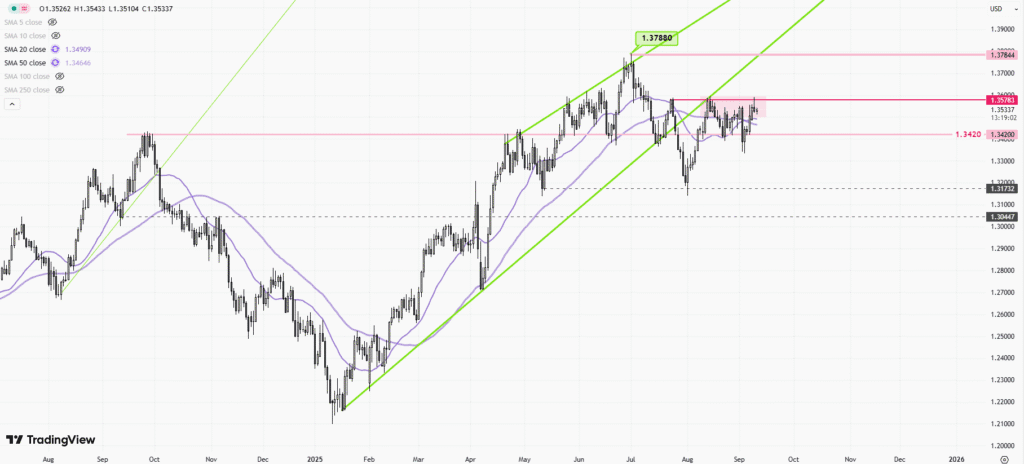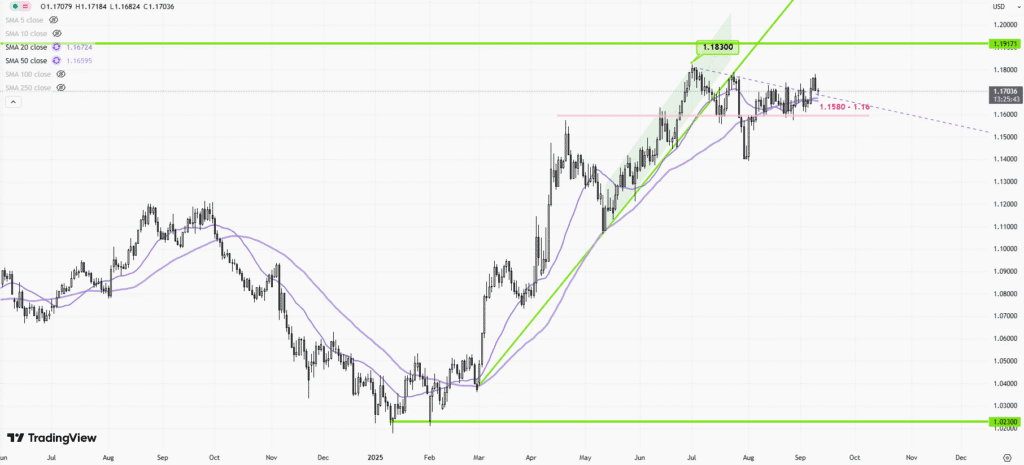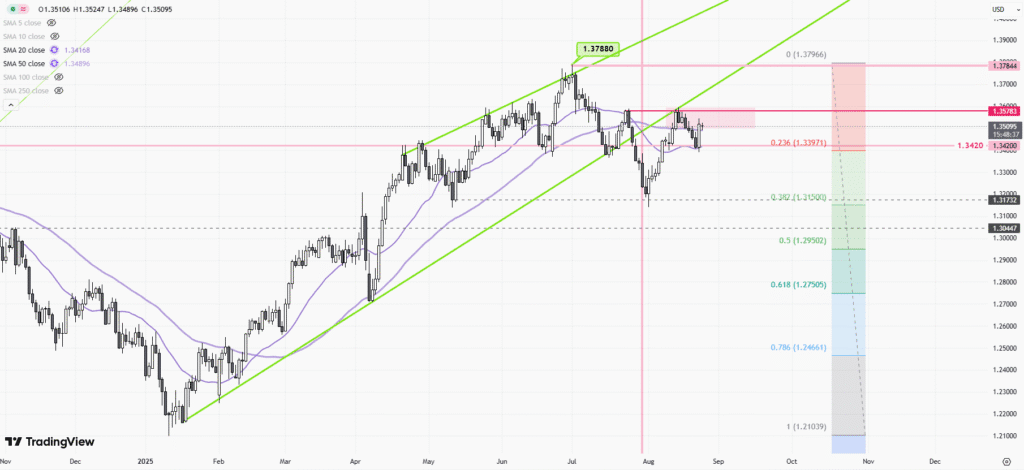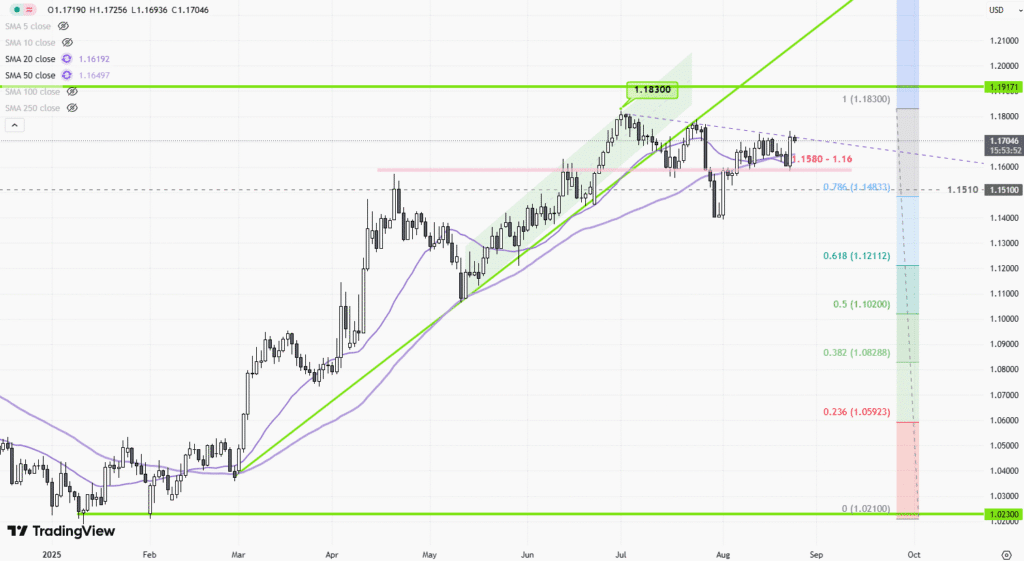 |
| Gold V.1.3.1 signal Telegram Channel (English) |

Comprehensive Analysis of Hong Kong Stock Connect (Shanghai-Shenzhen-Hong Kong Connect) Mechanisms and the Impact of Northbound Capital Flows
2025-11-17 @ 16:09
Comprehensive Analysis of Hong Kong Stock Connect (Shanghai-Shenzhen-Hong Kong Connect) Mechanisms and the Impact of Northbound Capital Flows
Since the launch of the Shanghai-Hong Kong Stock Connect mechanism in 2014, the Hong Kong stock market has become a key nexus connecting Mainland China with global capital markets. The subsequent introduction of the Shenzhen-Hong Kong Stock Connect and a series of policy optimizations have propelled northbound capital—Mainland Chinese investor flows—into Hong Kong equities to record levels. As of November 2025, net southbound capital through Stock Connect surpassed HKD 5 trillion, underscoring the mechanism’s strategic role in reshaping market liquidity, valuations, and cross-border financial integration. This report systematically dissects the operational mechanics of Hong Kong Stock Connect, the dynamics of northbound capital flows, and their deep-seated impacts on Hong Kong’s financial ecosystem.
Historical Development and Evolution of Hong Kong Stock Connect
The Shanghai-Hong Kong Stock Connect, officially launched on November 17, 2014, marked a milestone in China’s capital market opening. Jointly implemented by the Hong Kong Exchanges and Clearing Limited (HKEX) and the Shanghai Stock Exchange (SSE), it introduced dual channels allowing Mainland investors to purchase eligible Hong Kong-listed stocks via designated securities firms. Initial design featured stringent controls including aggregate and daily quotas to ensure measured capital flows and risk management, setting a precedent for regulated cross-border trading. The Shenzhen-Hong Kong Stock Connect, launched in December 2016, removed aggregate quota limits but maintained daily controls, reflecting regulatory confidence gained from operational experience and responding to amplified liquidity demands. Over time, the eligible investable universe expanded substantially, including mid-cap stocks and H-shares dual-listed between Shenzhen/Shanghai and Hong Kong, further liberalizing investor access and enhancing portfolio diversification.
Technical Operating Mechanisms of the Stock Connect
Hong Kong Stock Connect transactions strictly follow Hong Kong Exchange trading hours and order types, distinguishing them from Mainland A-share markets. Trading operates with a T+0 same-day rollover system allowing intraday buy-sell flexibility alongside a T+2 settlement cycle, balancing liquidity with operational integrity. Orders must be limit orders with caps on size to mitigate manipulation risks. Daily quotas stand at RMB 42 billion each under Shanghai and Shenzhen Connect separately, collectively enabling up to RMB 84 billion of daily northbound trading capacity. The quota management system dynamically adjusts availability by offsetting buy and sell volumes, ensuring orderly and controlled cross-border capital entry.
Capital Flow Dynamics and Northbound Investment Patterns
Northbound capital inflows have escalated dramatically since inception, with daily average turnover surging from HKD 900 million in 2014 to HKD 38.3 billion by late 2024, accounting for nearly 17% of the Hong Kong market volume. In 2025 alone, cumulative net southbound inflows exceeded HKD 1.3 trillion within seven months, reflective of accelerating participation. Structural analysis reveals Mainland institutional investors—specifically insurers and mutual funds—have become dominant allocators favoring high-dividend sectors such as finance, energy, and telecom. Persistent valuation discounts in Hong Kong equities relative to A-shares, combined with ongoing market reforms and strategic RMB internationalization, underpin sustained northbound interest and capital commitment.
Market Impacts and Structural Changes
The surge in northbound liquidity has transformed Hong Kong’s market microstructure. Increased trading volumes have enhanced market depth, compressed liquidity premiums, and improved price discovery. This liquidity infusion catalyzed a strategic shift in market pricing paradigms from traditionally offshore, USD-denominated anchorages to a more hybrid onshore influence anchored by RMB rates and capital flows. The resultant greater RMB footprint is bolstering Hong Kong’s status as the premier offshore RMB hub. Furthermore, these capital flows have incentivized Mainland firms to pursue Hong Kong listings, notably in internet and biotechnology sectors, amplifying Hong Kong’s role as a financing and innovation gateway for Chinese enterprises. However, intensified trading activity and absence of circuit breakers in Hong Kong present inherent volatility and liquidity risks which investors must diligently manage.
Recent Policy Developments and Future Perspectives
Regulatory authorities have progressively refined Stock Connect frameworks through 2024-2025, including the inclusion of the STAR Market stocks and expansion of investment product scopes to encompass biotech and small-cap indices, enhancing market inclusiveness and investment diversity. Daily quota increases and removal of aggregate limits underscore confidence in risk controls. Efforts to lower the individual investor eligibility threshold from RMB 500,000 to RMB 100,000 aim to democratize market access further, broadening participation. Concurrent improvements in Bond Connect and southbound channels exhibit a coherent holistic strategy to deepen capital market integration. Facing evolving geopolitical and macroeconomic environments, continuous policy agility and risk control enhancements will be essential to sustain Hong Kong Stock Connect’s growth trajectory and reinforce its pivotal role in China’s capital market liberalization.
Key Upcoming Data Catalysts and Market Events
Investors should closely monitor upcoming macroeconomic releases, including Mainland China’s CPI and employment data, scheduled HKEX quarterly corporate disclosures, and key People’s Bank of China policy announcements. Additionally, central bank meeting outcomes from the PBoC and the Hong Kong Monetary Authority may influence liquidity and currency factors pertinent to Stock Connect trading. The evolving geopolitical landscape and regulatory updates on cross-border capital flows also warrant continuous attention given their potential impact on market confidence and capital allocation strategies.
Hong Kong Stock Connect mechanisms have matured into a sophisticated conduit for capital ingress from Mainland China, profoundly influencing market liquidity, pricing regimes, and cross-border financial integration. Northbound capital flows are a critical driver reshaping Hong Kong’s investment landscape and elevating its geopolitical and financial nexus significance. Strategic adaptations to policy optimizations and market conditions remain imperative for investors and regulators alike. The Stock Connect ecosystem’s evolution will continue to play a central role in the global financial architecture, facilitating RMB internationalization and reinforcing Hong Kong’s position as an indispensable gateway between Mainland China and the world.








